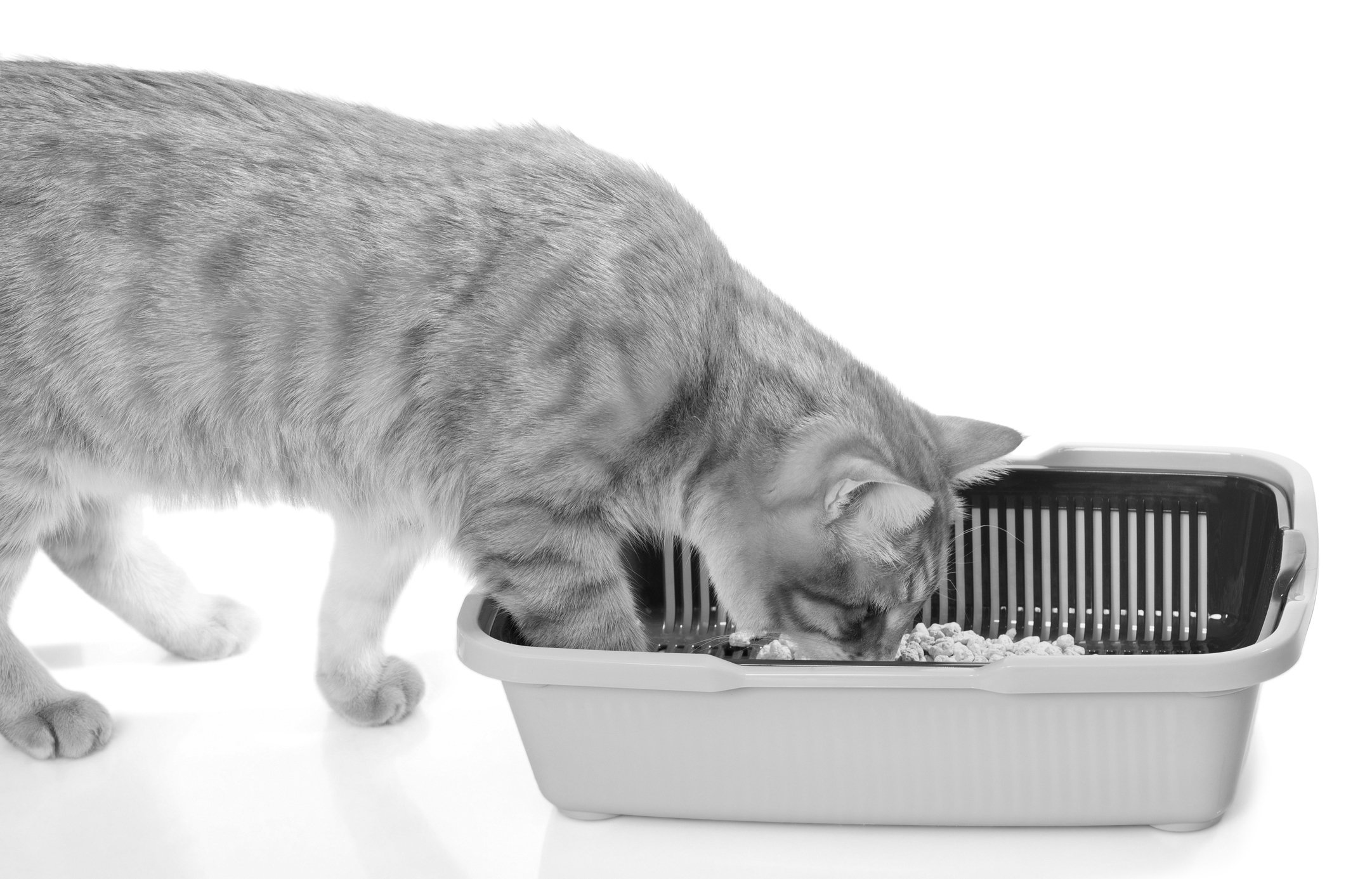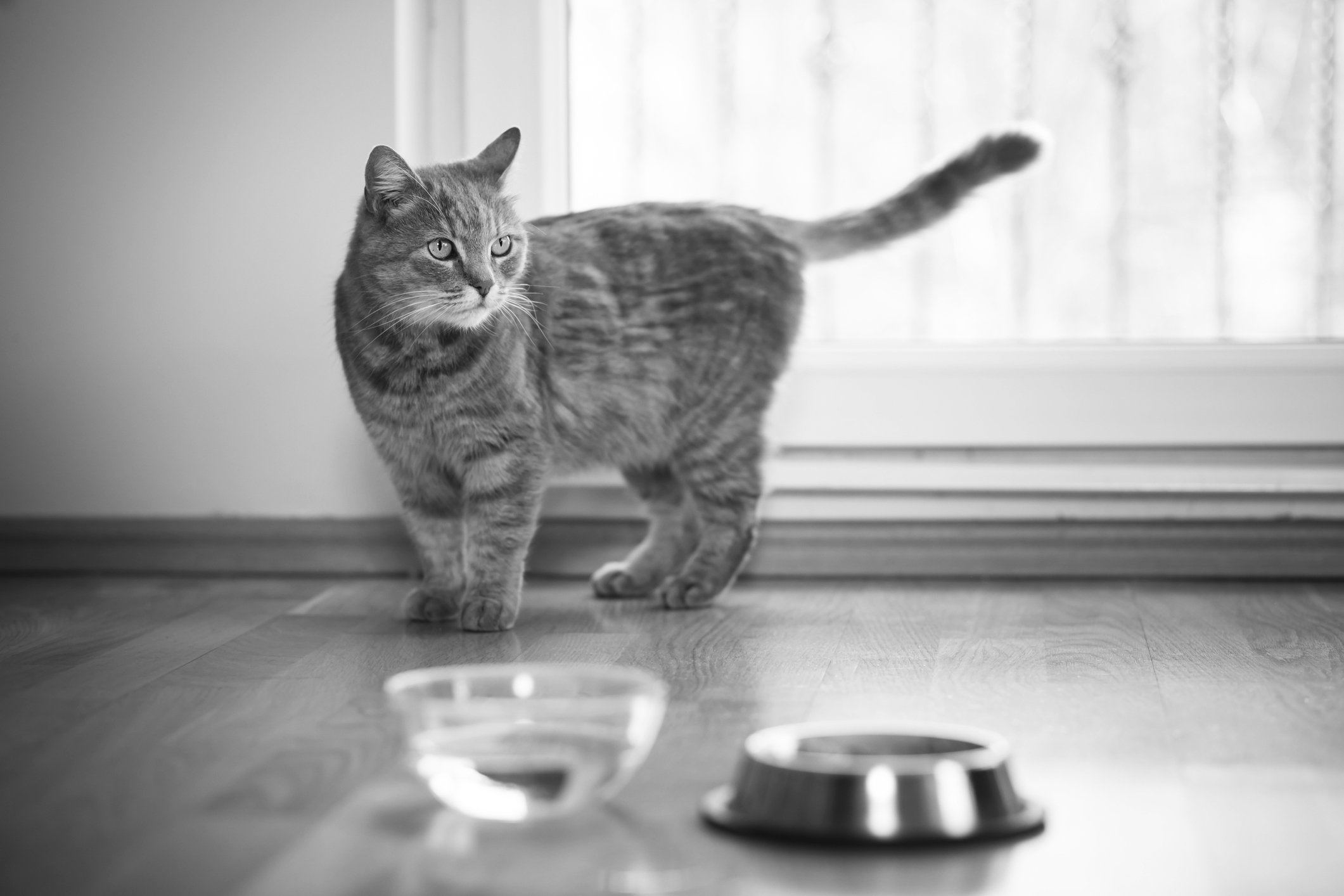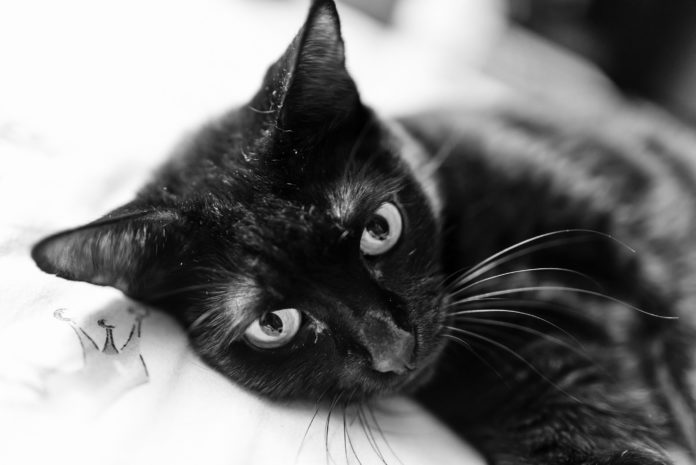One of the earliest and most telltale signs of kidney disease is an unusually wet litter box, which corresponds with increased urination. Kidney failure is a leading cause of death in domestic cats. Generally, this is from chronic kidney failure, but acute kidney failure can be fatal as well.
The kidneys filter out toxins, drug metabolites, and waste materials from the blood via the production of urine. The buildup of toxins in the blood and body may manifest as neurologic signs, vomiting, depression, and even seizures and death, explains Joseph J. Wakshlag, DVM, Ph.D., Cornell Associate Professor, Section of Clinical Nutrition, Section Chief, and a diplomate in the American College of Veterinary Nutrition.
While filtering out the “bad” substances, the kidneys also work to retain good substances, such as water to help with hydration, sodium to keep blood pressure steady, plus calcium and vitamin D to maintain healthy bones. Potassium is another essential electrolyte that the kidneys help to regulate. While doing that filtration work, the kidneys also manufacture erythropoietin, which is important for the production of red blood cells. Clearly, healthy kidneys are essential to your cat’s health.
Luckily, Mother Nature saw fit to give cats “extra” kidney capacity. A cat can get along quite happily with just one kidney and even does reasonably well health-wise with up to 75 percent of renal function gone. Still, once your feline family member goes over that mark, kidney failure is already upon him. That extra capacity also means that cats are often not diagnosed with kidney problems until the disease is well established. This means treatment may be delayed and your cat may already be ill by the time he is diagnosed.
Symptoms of Kidney Problems. One of the early signs of kidney problems is increased drinking and a corresponding increase of wetness in the litter box. Accidents outside the litter box may increase in frequency. Your cat may vomit or have diarrhea and often shows a loss of appetite with corresponding weight loss.
The buildup of toxins in the blood can lead to a depressed cat or even more severe neurologic signs such as seizures, circling, or head pressing. Some cats will die from these toxic buildups. Eventually a cat with chronic kidney failure may also become anemic since red blood cell production is affected.
Diagnosis. A diagnosis of chronic kidney failure is generally done via blood work and an accompanying urinalysis. In the blood sample, the laboratory will look for increased levels of the toxins such as blood urea nitrogen (BUN) and creatinine. Anemia may show up in the complete blood count. Phosphorous levels may be increased. Urinalysis may show protein loss in the urine and a lack of ability to concentrate the urine. Senior cats — eight to 10 years of age and older — should have yearly blood work and a urinalysis as part of their wellness exams.

© Okssi68 | Dreamstime.com
A relatively new test looks for levels of SDMA (symmetric dimethyllarginine) in the blood. This test checks for levels of a molecule that is a fairly specific marker of kidney disease. Increased SDMA may show up much earlier than some of the other diagnostic tests. Earlier diagnosis means faster treatment and a better chance for a longer, healthier life for your cat. This test can be ordered by your veterinarian and only requires a small blood sample.
Chronic kidney failure cannot be cured, with the exception of kidney transplantation. Very few veterinary hospitals offer this option. It requires a donor cat who is then adopted by the family and multiple medications given daily to prevent rejection. This is not a practical solution for most families.
The goal for most cats is to control and hopefully slow the progression of the disease. Many cats can live high-quality lives for prolonged periods of time after diagnosis, but they do require attentive care. Since kidney failure does progress, the stage at which your cat is diagnosed will determine what care you start off with. Your goal is to keep your cat comfortable, lower the amount of wastes the kidneys need to filter, maintain hydration, and replace any important substances that may be getting lost through the kidneys.
Treatment. Your veterinarian will help you to design a custom treatment plan for your cat. Your cat will need regular evaluations of his disease, including blood work and urinalyses, to be sure that the plan is meeting his needs and to adjust as needed with progression of the problem.

© Vladans | Dreamstime.com
Diet is extremely important for cats with kidney failure. All cats need a fairly high level of protein in their diet. For cats with chronic kidney failure, it is very important that the protein they eat be of the highest quality. Dr. Wakshlag points out, “Top-quality protein that is complete and highly bioavailable means less work on the kidneys and may mean you can reduce the actual quantity of protein being fed. High-quality protein for your cat means dairy, modest portions of meat sources, and eggs. Meat tends to have higher nitrogen (more buildup of potentially toxic wastes) so a blend of protein sources is best.”
The diet will also need adequate fat and carbohydrates to cover for any added energy requirements since all the protein will be needed for building and maintaining tissues and cells, while excesses will lead to uremic toxins. Polyunsaturated omega 3 fatty acids may aid in renal function, too. Phosphorous is the most important mineral to control in the diet and must be carefully controlled so it does not build up to toxic levels; while potassium, sodium, and B vitamins may need to be monitored to maintain adequate levels.
There are a number of excellent prescription diets for cats with kidney failure. The amount of protein restriction varies with the individual diet. You may need to experiment to find which food your cat finds most palatable. Remember that cats are creatures of habit, so do your diet changes over a period of time — not abruptly!
Start by mixing in just a small amount of the new food. As your cat becomes comfortable with the change, add in more of the kidney diet and decrease the amount of his previous diet. Do not use treats or give any table foods that may complicate your cat’s condition.
Fluids are extremely important for cats with a kidney problem. As renal failure progresses, your cat loses his ability to concentrate his urine. He will need to drink more to compensate for the fluid loss. Start by making sure your cat has free access to fresh water at all times.
Use of a fountain may increase his water consumption, but be prepared to also offer low sodium broth or diluted fluid from tuna canned in water. Those flavor additives may stimulate more drinking. In addition, feed canned foods if at all possible, as those foods will add some fluid to your cat’s diet.
As kidney disease progresses, your cat may need occasional, or even daily, treatments with subcutaneous fluids. Your veterinarian or a veterinary technician can train you to give the fluids, which go under the skin. Luckily, most cats have loose skin and tolerate fluid treatments extremely well. Always use the fluids provided by your veterinarian. Follow protocols carefully to prevent any chance of infection.
While diet and fluids are the mainstays of therapy for feline renal disease, there are additional medications that your cat may need. High blood pressure can result from kidney failure, as can anemia. Both of these health problems can be handled with medications if necessary.
If your cat develops any other health problems, your veterinarian will need to adjust medications in light of the reduced kidney function. So if you need to visit an animal emergency clinic or new veterinary clinic, always advise the clinicians there of your cat’s kidney status.
The bottom line is that many cats will develop reduced kidney function or even full-blown kidney failure as they age. By managing diet and fluid intake, along with giving any supportive medications as needed, you can help your cat to live a full and comfortable life despite this health problem. Many cats live for years after a diagnosis of kidney failure.
Kidney Failure in Young Cats
While most cases of kidney failure in cats are age-related problems, there are two other major categories of kidney failure seen in cats.
First are toxin-related renal damages. Kidney damage can occur after exposure to a variety of toxins, including certain plants (such as lilies) medications, and household products.
Another area is congenital (present at birth) kidney disease. Polycystic kidney disease in Persian cats (also seen in Scottish Folds, Himalayans and even some shorthair cats) can be a cause of genetic chronic kidney failure. Signs may show up in very young kittens, or may not show up until later in life.




